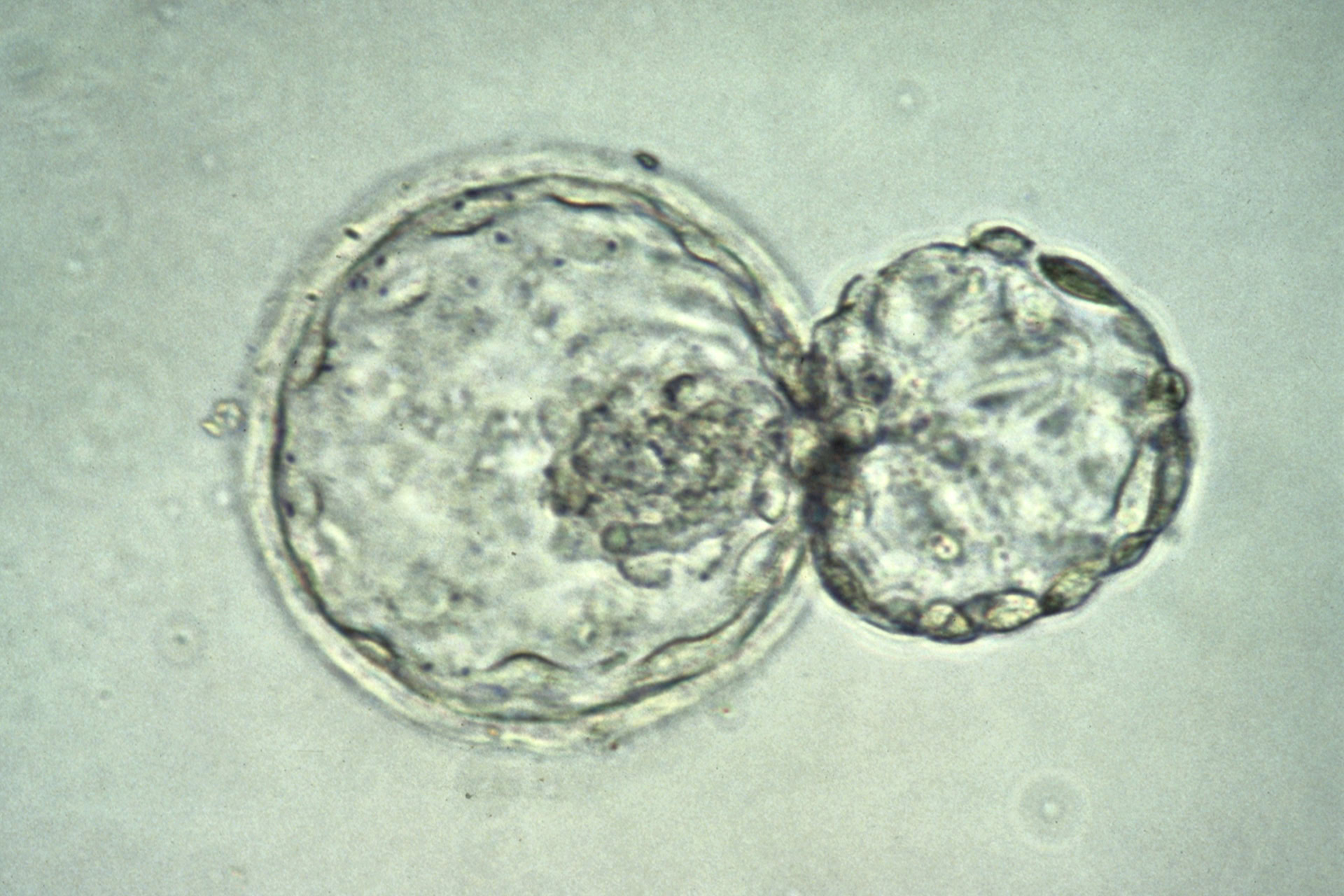Clinical studies presented at the annual meeting of the Society for Neuroscience in the United States have shown that stem cells may be used effectively in the treatment of eye disease and other retinal damage. As reported by Science Daily, in separate trials researchers demonstrated that fetal cells and retinal precursor cells derived from embryonic stem cells and also those developed using induced pluripotent stem cells (iPS cells) can help regenerate damaged areas of the eye including the light-sensing rod and cone photoreceptors. Scientists believe if they were able to replace these cells then patients' sight may be restored.
'So far, a number of human cell sources have been examined to see if they produce multiple retinal cell types, but most candidates have proven inadequate,' said Jason Meyer, of the University of Wisconsin and lead author in one of the papers. 'In comparison, human stem cells have produced cells that are clearly of a retinal nature.' Meyer was able to increase the yield of retinal cells from human stem cells by isolating certain specific retinal cells. 'These findings could lead to treatments for other neurological disorders, in addition to eye diseases,' he said.
In another paper, scientists inserted 'sheets' of fetal retinal cells into the eye to replace damaged photoreceptors, which cannot be regenerated once they have died. Lead author Robert Aramant, a visiting scientist at the University of California, said that of the ten patients he treated, seven improved. 'These results indicate that this is a viable technique, but more patients are needed to confirm these results,' he added.
'Basic neuroscience research has formed the basis for significant progress in treating eye disease,' commented Rachel Wong, of the University of Washington and who moderated the conference. 'These studies would not be possible without technological advances and basic science research that continues to explain the normal function and development of the visual system,' she said. In a separate study conducted by Ray Lund at the Caser Eye Institute in Oregon it was shown that inserting nerve stem cells close to the retinas of rats slowed the progression of macular degeneration preventing blindness for a number of months.
Meanwhile, stem cell 'therapies' are being given to patients in a number of clinical settings - some of which have not been a proven success. Injecting stem cells directly into the patient is one such example. RTT News reports that Black Sabbath guitarist Tony Iommi is receiving stem cell treatment for damage to his hand - although it is not clear what type of cells were used. In a radio interview, Iommi said that he had tried other therapies that proved ineffective before trying the stem cell option. 'It's coming along good,' he said.




Leave a Reply
You must be logged in to post a comment.